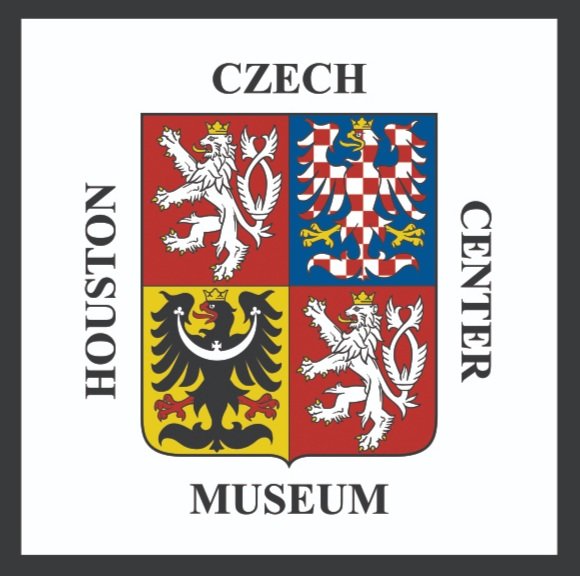An important staple of Czech and Slovak culture, kroj-wearing dolls are popular toys and figures that many generations have played with and cherished. These dolls are made with a variety of quirks and features, such as closing their eyes while in a lying position or having rosier cheeks. One company, Lidova Tvorba Uhersky Brod, heavily promoted their dolls all over Slovakia, Europe, and the world, winning accolades for their efforts and remaining one of the best-known doll makers in Slovakia. These historical dolls are on display in the Czech Center Museum Houston.
Eurovision 2025
Although Eurovision started as an experiment in broadcasting, it is now a show-stopping competition that unites Europe. The Central European nations of Czechia and Slovakia have a relatively short, yet important history with Eurovision. While Czechia’s the only of the two still competing, this 2025, their next entry is a Slovak named Adonxs, an accomplished artist of many skills.
Running from Trouble and Rising to Success: Jan Antonin Bata and the Bata Shoe Company
Shepherd Axe
Shepherd axes, or 'Valaska,' have a rich cultural history in Central and Eastern Europe. Originating in Eurasia, they were used for combat by Bulgarian and Hungarian warriors before becoming essential tools for shepherds. In Czechoslovakia and Poland, axes were personalized with carvings and became symbols of identity. These axes feature prominently in folklore and traditional dances, celebrating their cultural significance and artistic beauty.
George "Papa Bear" Halas
The Chicago Bears began with American football coach, owner, and NFL administrator George “Papa Bear” Halas, born in Chicago, Illinois to Slovak immigrants. Initially, however, Halas began as a player who joined the Navy during World War I, before becoming a player-coach. Throughout his life, “Papa Bear” Halas invested his life into football, winning six NFL championships as head coach while practicing many innovative routines that allowed him and his team to win.
National Uprising Day
Slovak Flag
White, red, and blue make up the Pan-Slavic Tricolor, chosen based on the flag of Russia since that nation, during the late 17th century, represented Slavic independence and power. In fact, their flag was initially too similar to the Russian flag for them to keep it that way, thus the decision to ultimately add the heraldic symbol was made on September 1, 1992.
The (puppet) Strings that Bind Nations
Puppet theatre is an integral part of Slovak and Czech local theatre and literary tradition. It also plays an important role in socialization, helping audiences young and old develop as creative thinkers and learn about cooperation, communication, and strengthening their sense of identity in society.











